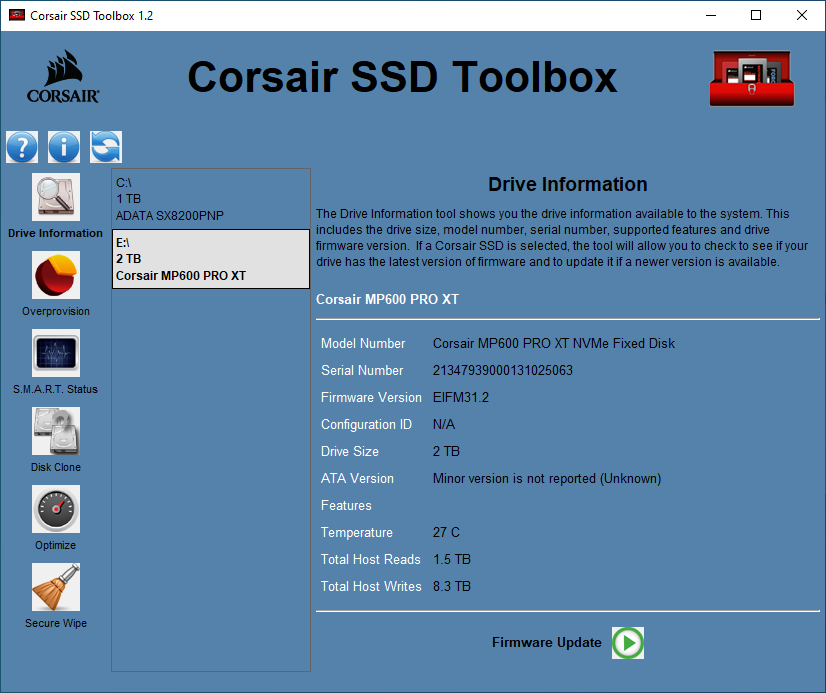Tom's Hardware Verdict
Corsair’s MP600 Pro XT is one of the best SSDs we’ve tested. If you need a fast SSD that will deliver leading performance during the toughest sustained workloads but at a more accessible price point, this is your drive.
Pros
- +
+ Fast PCIe 4.0 performance and cool operation
- +
+ Impressive sustained write speeds and endurance
- +
+ Attractive design
- +
+ 5-year warranty
- +
+ AES 256-bit encryption
Cons
- -
Costly
- -
Power efficiency
Why you can trust Tom's Hardware
Corsair's MP600 Pro XT sets a new standard for high-end SSDs, pushing the boundaries of performance with up to 7.1 GBps of throughput and over 1.5 million write IOPS. Corsair also tops the SSD with your choice of a heatsink or waterblock for cooling, enabling high performance in even the most demanding scenarios. That means you'll see this SSD on our list of Best SSDs soon.
Corsair launched the MP600 Pro just a few months ago, but it wasn't quite fast enough to remain the company's top dog for the rest of the year. With the recent launch of Micron’s 176-Layer TLC flash, Corsair decided to revamp the MP600 Pro and birth a beast that performs with only the best of the best — the MP600 Pro XT.
The fastest SSDs on the market generate a lot of heat, so they can slow down when things get tough. You won't have to worry about heat output or throttling at the MP600 Pro XT's high speeds, though, because it comes in two variants that remain cool regardless of the workload. Corsair’s air-cooled MP600 Pro XT features a bulky heatsink, while the Hydro X variant sports a water block that you can attach to a custom watercooling loop.
With Phison’s PS5018-E18, a powerhouse of a controller linked up to Micron’s fastest flash, the MP600 Pro XT's hardware matches the Seagate FireCuda 530. As expected with its premium hardware, the MP600 Pro XT doesn’t come cheap. Still, it's positioned well: The MP600 Pro XT is much less expensive than the impressive Seagate SSD for what is nearly identical performance. However, it lacks the higher endurance ratings and three years of Data Recovery Services that you'll get with the FireCuda 530.
Specifications
| Product | 1TB | 2TB | 4TB |
|---|---|---|---|
| Non-HS Pricing | $199.99 | $399.99 | $989.99 |
| HS Pricing | N/A | $424.99 | $999.99 |
| Capacity (User / Raw) | 1000GB / 1024GB | 2000GB / 2048GB | 4000GB / 4096GB |
| Form Factor | M.2 2280 | M.2 2280 | M.2 2280 |
| Interface / Protocol | PCIe 4.0 x4 / NVMe 1.4 | PCIe 4.0 x4 / NVMe 1.4 | PCIe 4.0 x4 / NVMe 1.4 |
| Controller | Phison PS5018-E18 | Phison PS5018-E18 | Phison PS5018-E18 |
| DRAM | DDR4 | DDR4 | DDR4 |
| Memory | Micron 176L TLC | Micron 176L TLC | Micron 176L TLC |
| Sequential Read | 7,100 MBps | 7,100 MBps | 7,100 MBps |
| Sequential Write | 5,800 MBps | 6,800 MBps | 6,800 MBps |
| Random Read | 900,000 IOPS | 1,000,000 IOPS | 1,000,000 IOPS |
| Random Write | 1,200,000 IOPS | 1,200,000 IOPS | 1,200,000 IOPS |
| Security | AES 256-bit encryption | AES 256-bit encryption | AES 256-bit encryption |
| Endurance (TBW) | 700 TB | 1,400 TB | 3,000 TB |
| Part Number | CSSD-F1000GBMP600PXT | CSSD-F2000GBMP600PXT | CSSD-F4000GBMP600PXT |
| Warranty | 5-Years | 5-Years | 5-Years |
Features
Corsair’s MP600 Pro XT is available in capacities of 1TB, 2TB, and 4TB with the air-cooling heatsink, but the watercooled Hydro X variants are only available at 2TB and 4TB capacities. As a result, prices come in at a premium ~$0.20-$0.25 per gigabyte. However, the MP600 Pro XT comes with all the performance you could ask for, justifying the price tag. Corsair rates the MP600 Pro XT to deliver up to 7.1/6.8 GBps of sequential read/write throughput and upwards of 1,000,000 / 1,200,000 random read/write IOPS when tasked with heavily-threaded workloads.
Corsair also backs the MP600 Pro XT with a solid warranty and above-average endurance ratings compared to Samsung, WD, and Crucial SSDs. For example, our 2TB sample can absorb up to 1,400 TB of writes over its five-year warranty, but the 4TB model is rated for up to 3,000 TB. With that kind of endurance, the MP600 Pro XT shouldn’t wear out from normal use.
The high endurance ratings are due in part to Phison’s SmartECC, which leverages RAID-like parity, and the company’s fourth-generation LDPC ECC that reconstructs defective pages when normal ECC fails. Other reliability features include SmartRefresh, which monitors the flash’s block ECC and periodically refreshes the blocks to maintain data retention over time, and SmartFlush, which helps ensure data retention in the event of a power loss by minimizing the time the data spends in the cache.
Get Tom's Hardware's best news and in-depth reviews, straight to your inbox.
Software and Accessories
Corsair provides its SSD Toolbox with the drive. The GUI is dated but functions well enough to enable advanced drive controls like secure erase, firmware updates, adjusting the overprovisioning, or just monitoring the SSD.
A Closer Look
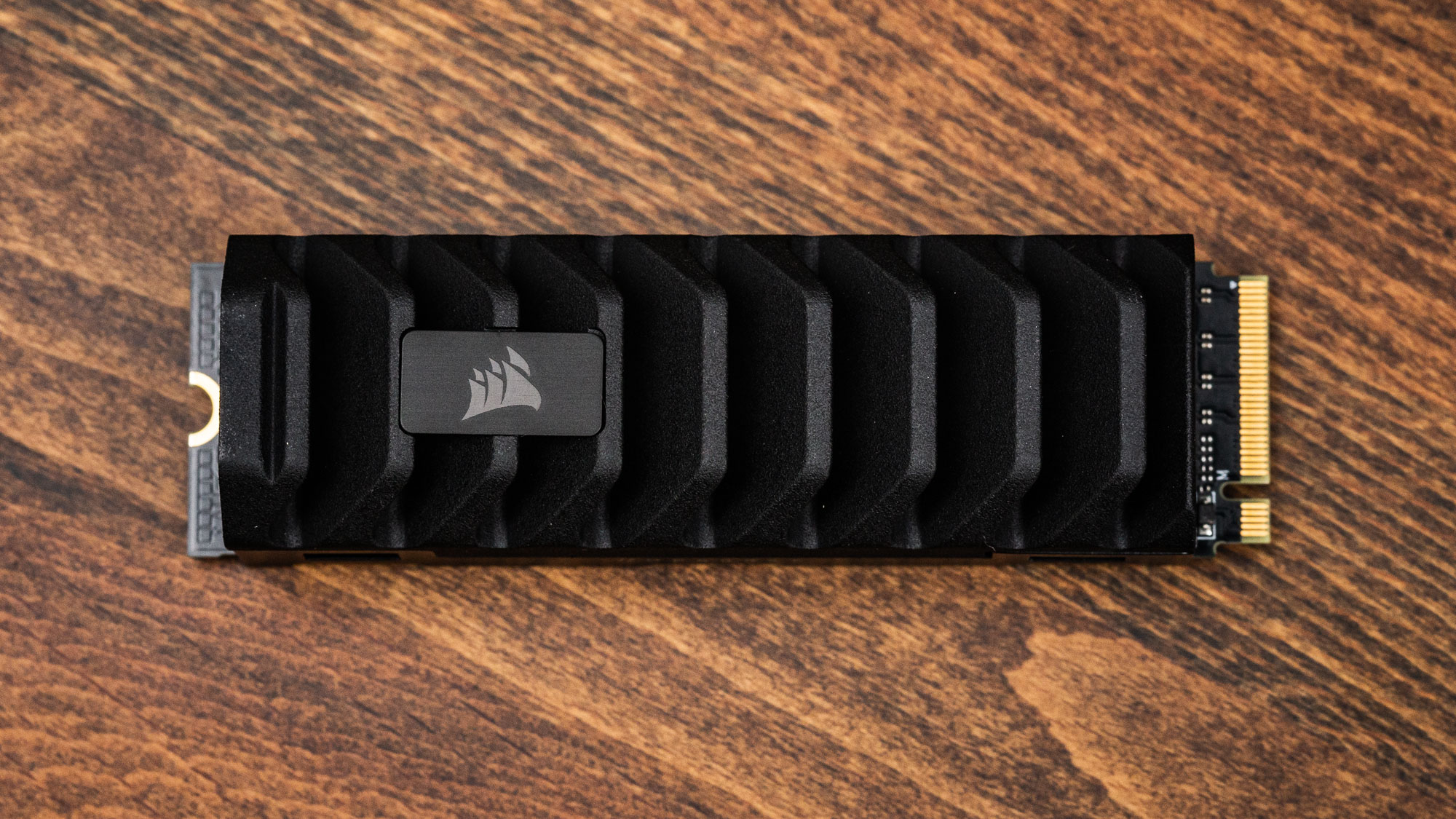
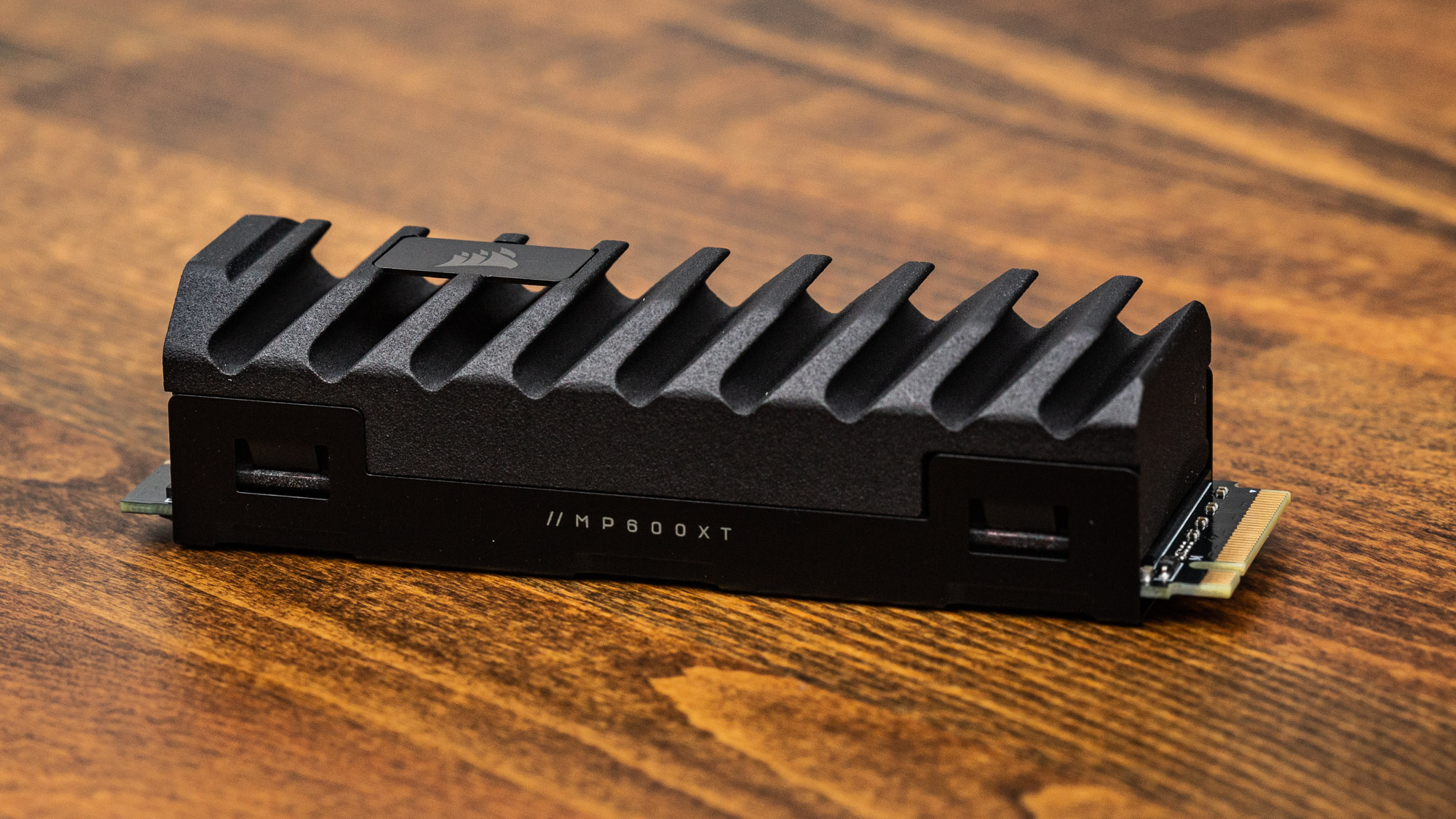

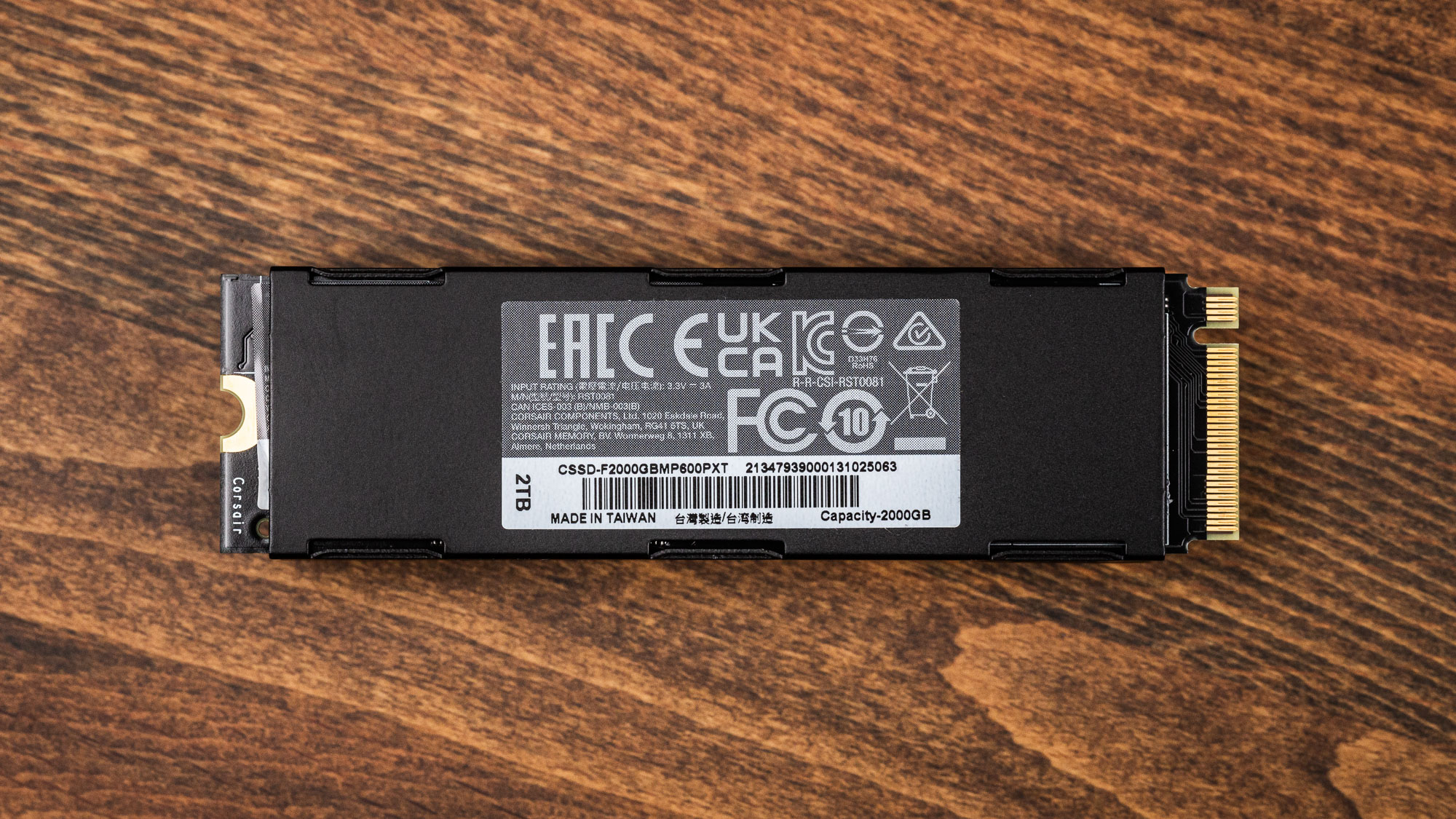
Measuring 20 x 23 x 70 mm and weighing in just a hair under 68 grams, the MP600 Pro XT's aluminum heatsink is much larger and heavier than the one on the MP600 Pro. The design is very unique and we appreciate the blacked-out aesthetic, black PCB included. However, the heatsink is thick, which will prevent you from using the drive on any M.2 slot underneath a GPU. A double-sided M.2 2280 SSD resides underneath the heatsink.


As mentioned earlier, the Phison PS5018-E18 that powers the MP600 Pro XT is a beast in its own right, but the combination with Micron’s 176-Layer replacement gate TLC flash is a match made for those who can’t settle for less than the best.
This eight-channel controller is built on TSMC’s 12nm process and features a triple-core Arm Cortex R5 CPU architecture paired with a dual-CPU co-processor to ensure fast sustained write speeds. The main three cores operate at 1 GHz, generating quite a bit of heat, but it remains relatively cool under standard operations thanks to a few power-saving features.
Corsair’s MP600 Pro XT supports Active State Power Management (ASPM) and Autonomous Power State Transition (APST) to reduce power under light activity or when at idle, so the SSD will just sip a few milliwatts of power instead of guzzling down tens to hundreds of milliwatts of power. Additionally, thermal throttling capability is built-in. The MP600 Pro XT will lower (throttle) its performance if it gets too hot. The company says speeds will scale down 50 MBps with each additional degree of heat over the 68C trigger point.
Of course, it also supports Trim, SMART data reporting, and can be conveniently secure erased via the Format NVM command to wipe your data clean off the drive. It features end-to-end data path protection and hardware-accelerated AES 256-bit encryption to help keep your data secure, too.
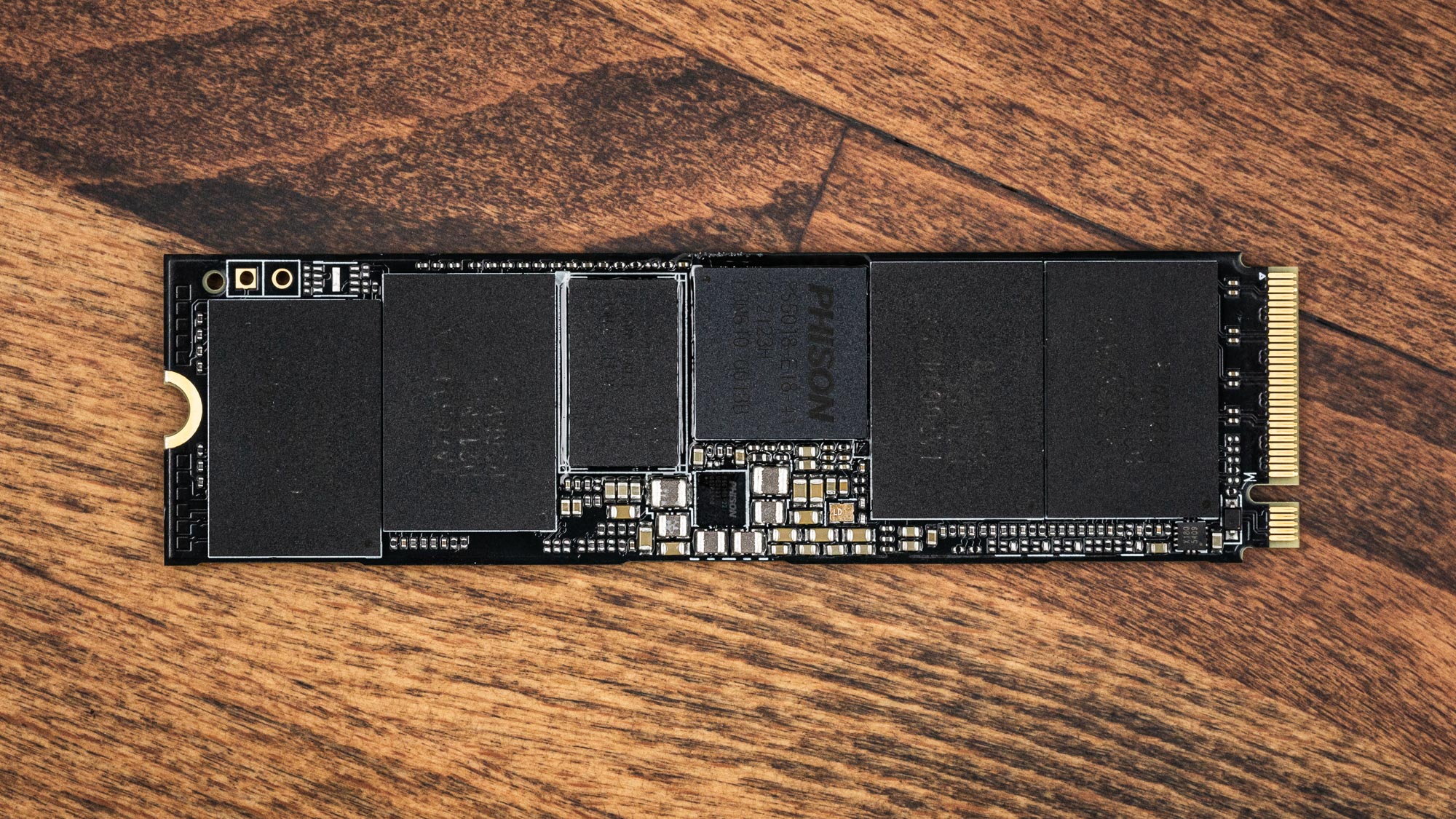
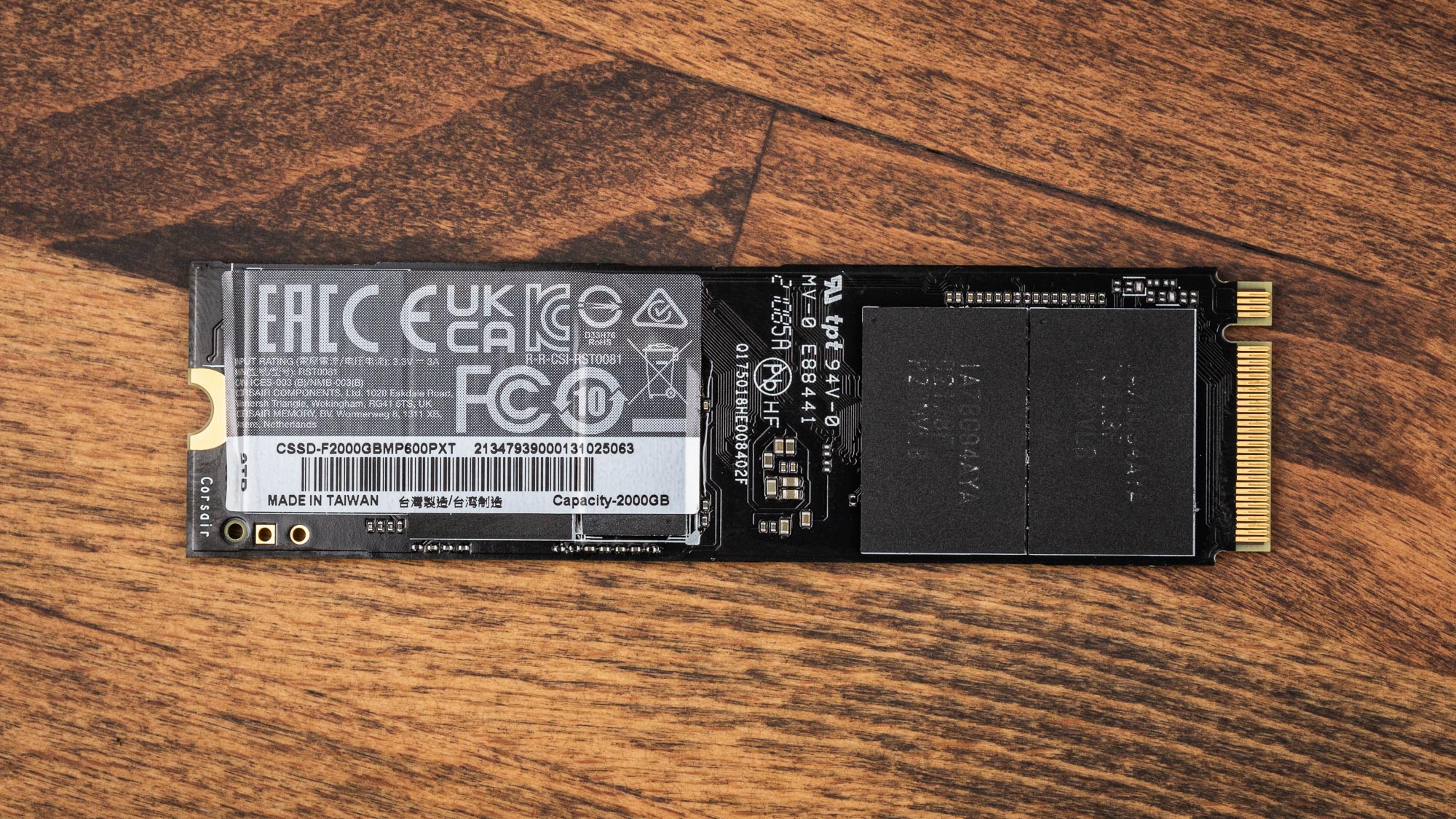
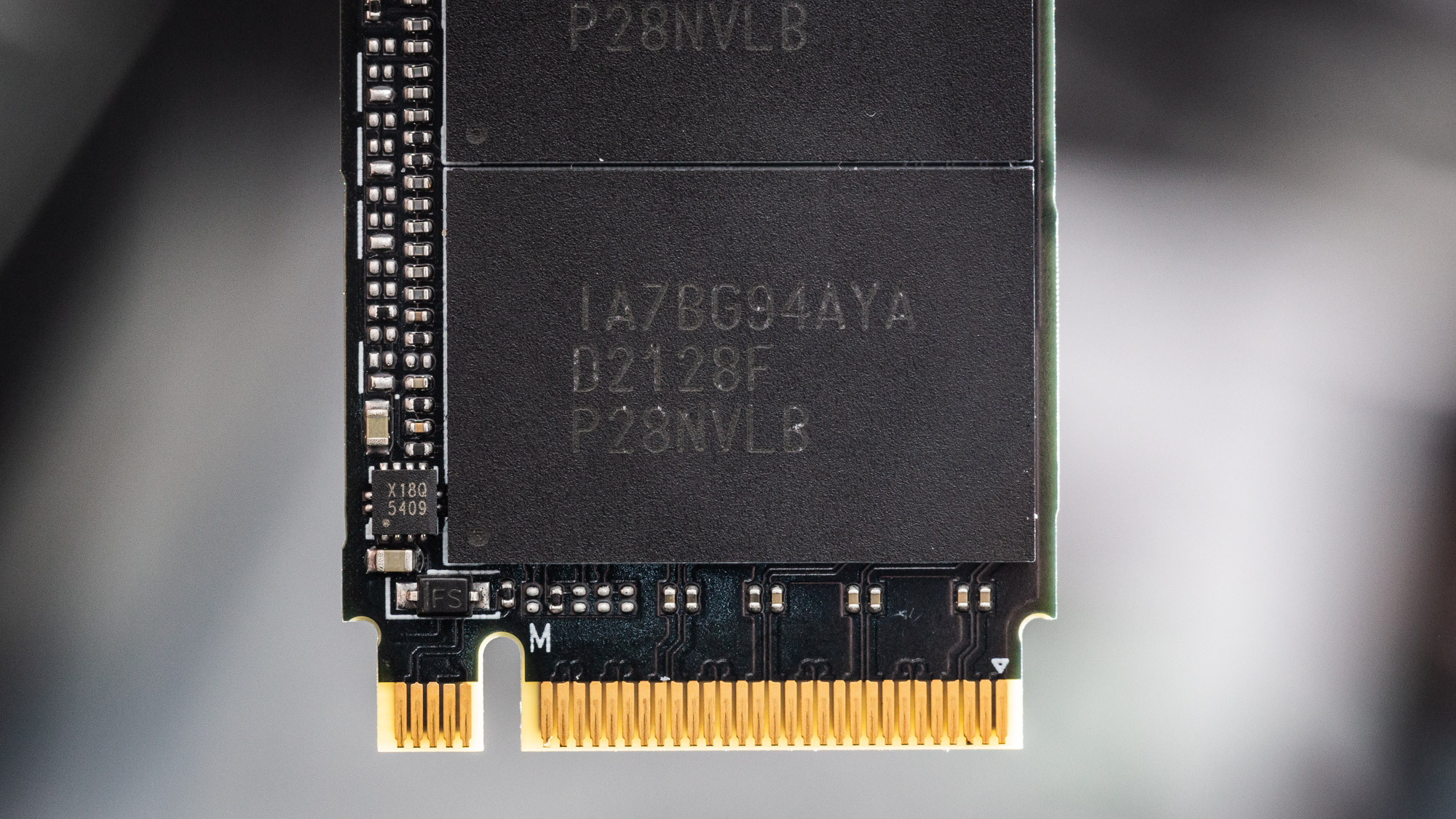
The MP600 Pro XT leverages DRAM to ensure responsive access to the FTL mapping table. There is 1GB of SK hynix DDR4 DRAM on the 1TB model, and 2GB on the 2TB and 4TB models. Thirty-two 512Gb flash dies reside on our 2TB sample, and all operate at the same 1,200 MTps speed as the Seagate FireCuda 530's flash. Each is a quad-plane replacement gate architecture that uses metal-based control gates along with some other design and production tweaks to increase performance and endurance.
MORE: Best SSDs
MORE: How We Test HDDs And SSDs
MORE: All SSD Content

Sean is a Contributing Editor at Tom’s Hardware US, covering storage hardware.
-
Phaaze88 "The MP600 Pro XT remained cool in an open-air test bench. At idle, it hovered around 34 degrees Celcius (C) in our 23C lab.Reply
After writing over 1TB of data to the MP600 Pro XT, we measured a peak temperature of 55C, which was well below the 68C throttling point set in its firmware."
What sensor(s) is being read here - the NAND flash or the controller?
When I use Samsung Magician, it reports the flash. I have to pull up hwinfo to see the controller's thermals - which will be hotter. -
Makaveli I don't like the regression in endurance these drivers have had since the original E16 controller Gen 1 versions but overall looks good and much cooler.Reply -
mdd1963 Thank goodness we went from ~7,000 MB/sec sequential reads to.... 7,100! The difference in the user experience will undoubtedly be unparalleled!Reply -
2Be_or_Not2Be Still waiting for the version that runs at the 1,600 MT/s with the 176-layer flash rather than the 1,200 MT/s this one (and the Firecuda 530) runs.Reply
